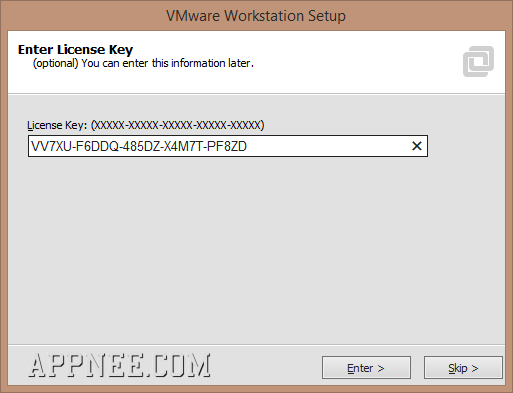

Hyper-V is a Type 1 hypervisor, which means it runs natively on and has direct access to the hardware. Hyper-V doesn't offer advanced server capabilities, such as live migration, but that's because it's meant for individual use on local computers.

But Hyper-V is now also available with Windows 10 Pro, Enterprise and Education editions. Microsoft introduced Hyper-V as a data center product with Windows Server. The benefits of Hyper-V for continuous VM usage The hardware version indicates which virtual hardware features that the virtual machine supports, such as BIOS or UEFI, number of virtual slots, maximum number of CPUs, maximum memory configuration, and other hardware characteristics.To understand the differences between Workstation Pro versus Hyper-V, you must first determine which OS types your system relies on, the number of VMs you plan to use on your local computer and how often you'll run them.

All virtual machines have a hardware version. You can change the hardware compatibility of a virtual machine.

When you upgrade Workstation Pro, the installation program removes the previous version of Workstation Pro before it installs the new version. You can upgrade from a previous version of Workstation to the current version of Workstation Pro by running the Workstation Pro installation program.


 0 kommentar(er)
0 kommentar(er)
